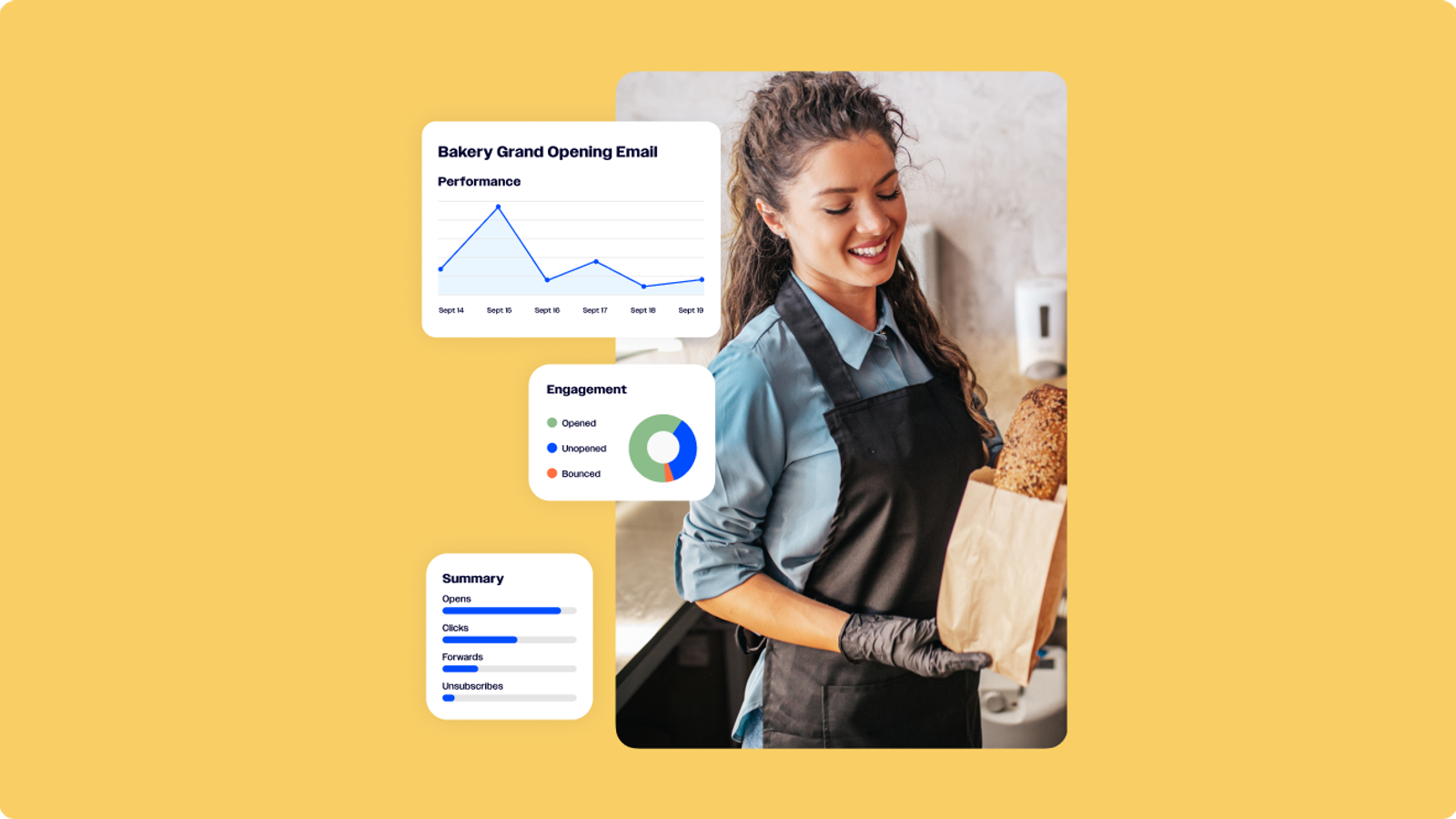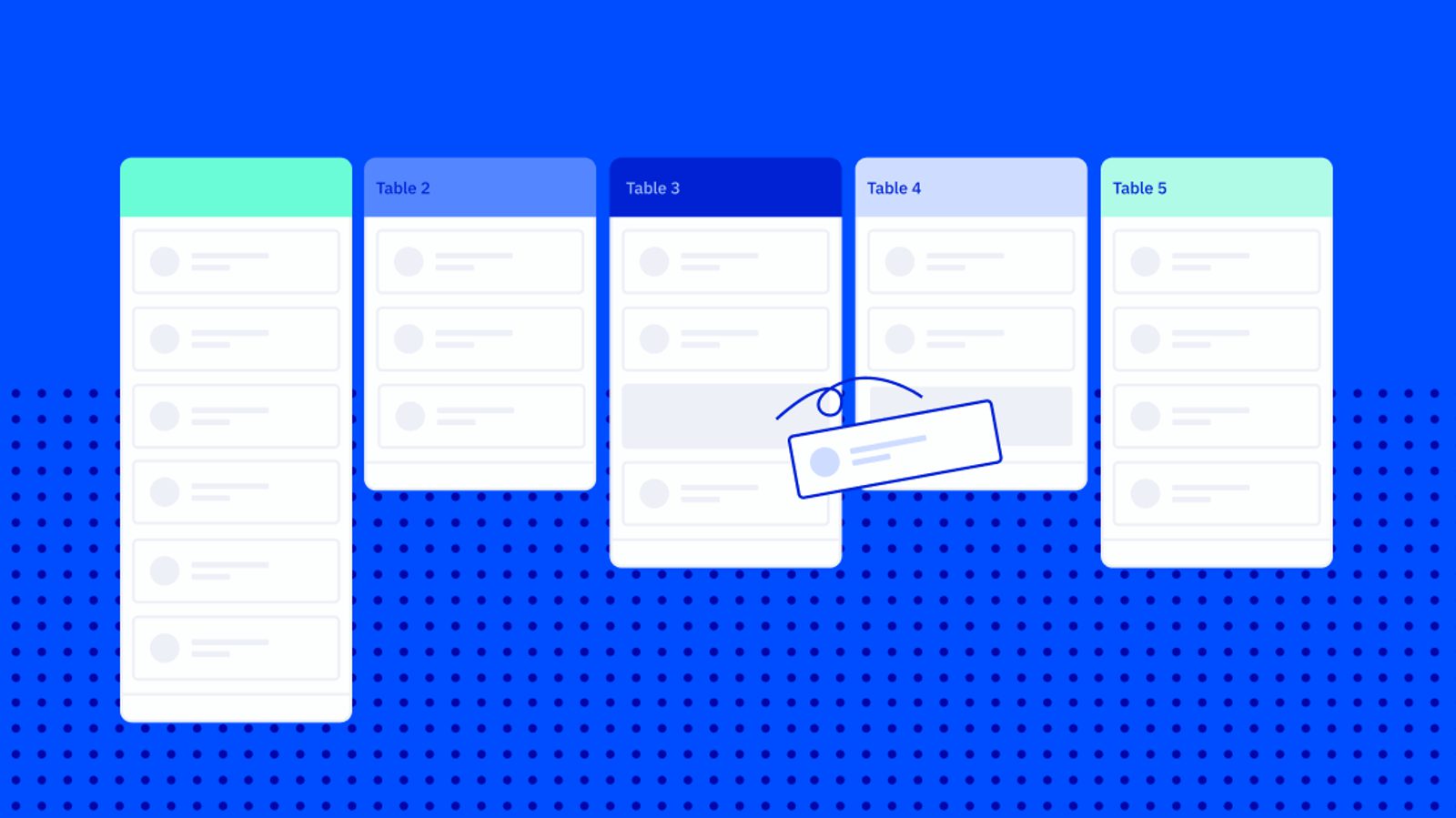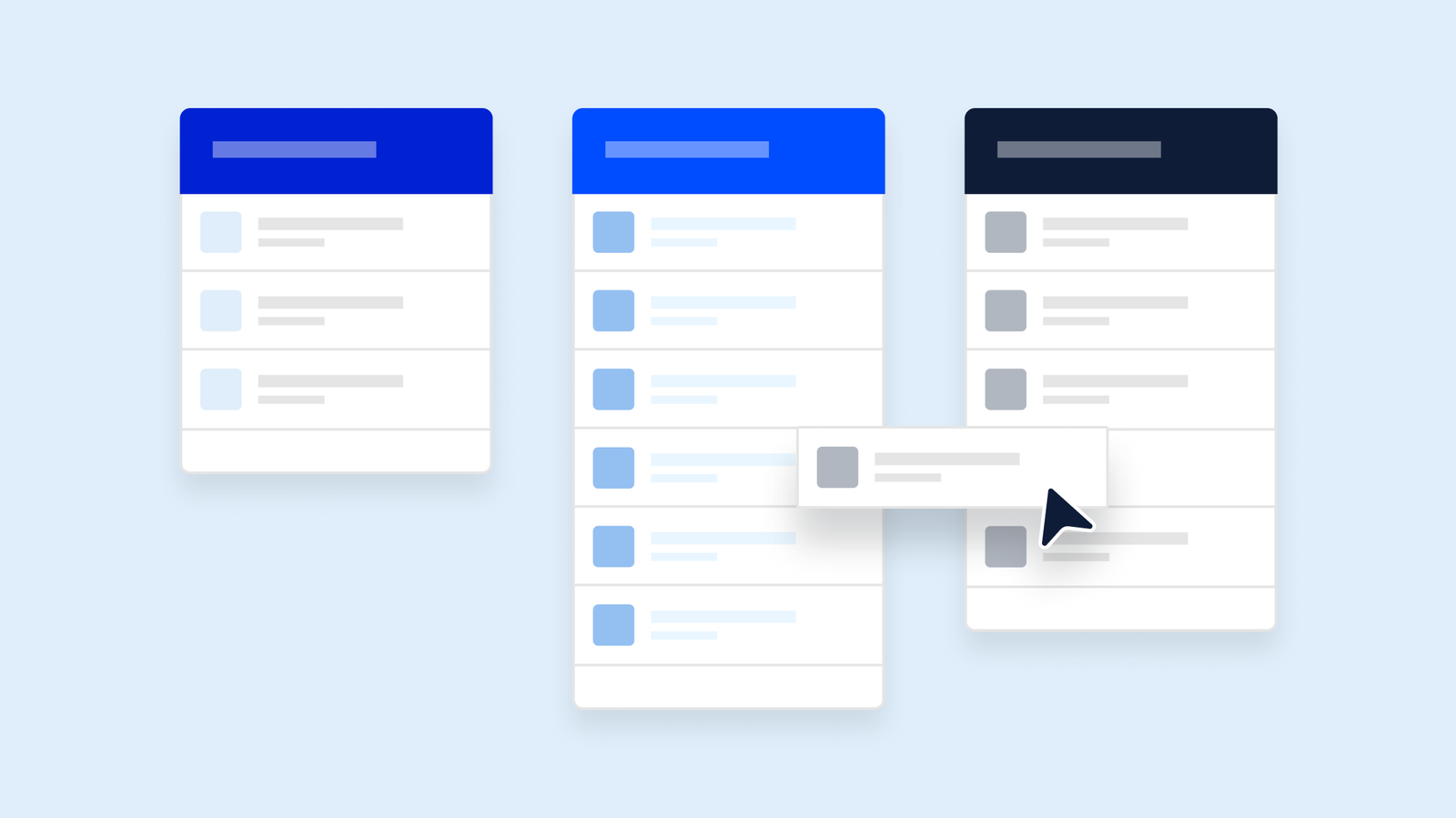The world has changed and so have your customers:
- Facebook ads aren’t converting as well as they used to
- Traffic from SEO is harder to get and keep
- Influencer marketing is falling flat
- Email opens and clicks seem lower than they did just six months ago
But how do you know what to offer your customers? What is it that they need that you can provide?
95 percent of business ideas fail because the business couldn’t agree on what a customer “need” even is, never mind how to meet it. The first step in thriving as a customer-focused business is defining what customer needs are.
What are customer needs?
Customer needs are the set of circumstances, desires, habits, and anxieties that potential customers have before they consider purchasing from, or working with, your business.
When you understand customer needs, you know exactly what info will turn a potential customer into a paying customer. You know how to handle objections (about price, quality, or shipping) before your customers even have a chance to mention them.
But understanding what those needs are isn’t obvious, and customers are rarely forthcoming with what need you’re solving for them.
Sometimes a simple question can reveal a simple customer need—people like good prices and fast shipping, they want convenient customer service, and they generally do business with people they like.
Other times, customer needs are harder to discover because they’re complex and emotional. Patek Philippe sells $25,000 watches. Their famous “Generations” campaign sports the slogan “You never actually own a Patek Philippe. You merely look after it for the next generation.”

A $10 watch from the gas station would keep time just as well. Why do people buy high-end watches? Status, pride, family.
But to get to those answers through market research takes some effort—they aren’t the type of thing customers share with a stranger easily.
What matters most to your customers? If you can find the mix of utilitarian (e.g. price, speed. function) and emotional needs, every part of your business will run more smoothly.
What happens if you get it wrong?
What happens if you don’t understand your customers?
It feels like you’re constantly chasing the next tactic, desperately trying to find something that works (if only temporarily).
What’s missing isn’t the right tactic. It’s an accurate understanding of the customer.
More specifically, when you don’t understand your customers, it hurts every part of the customer lifecycle:
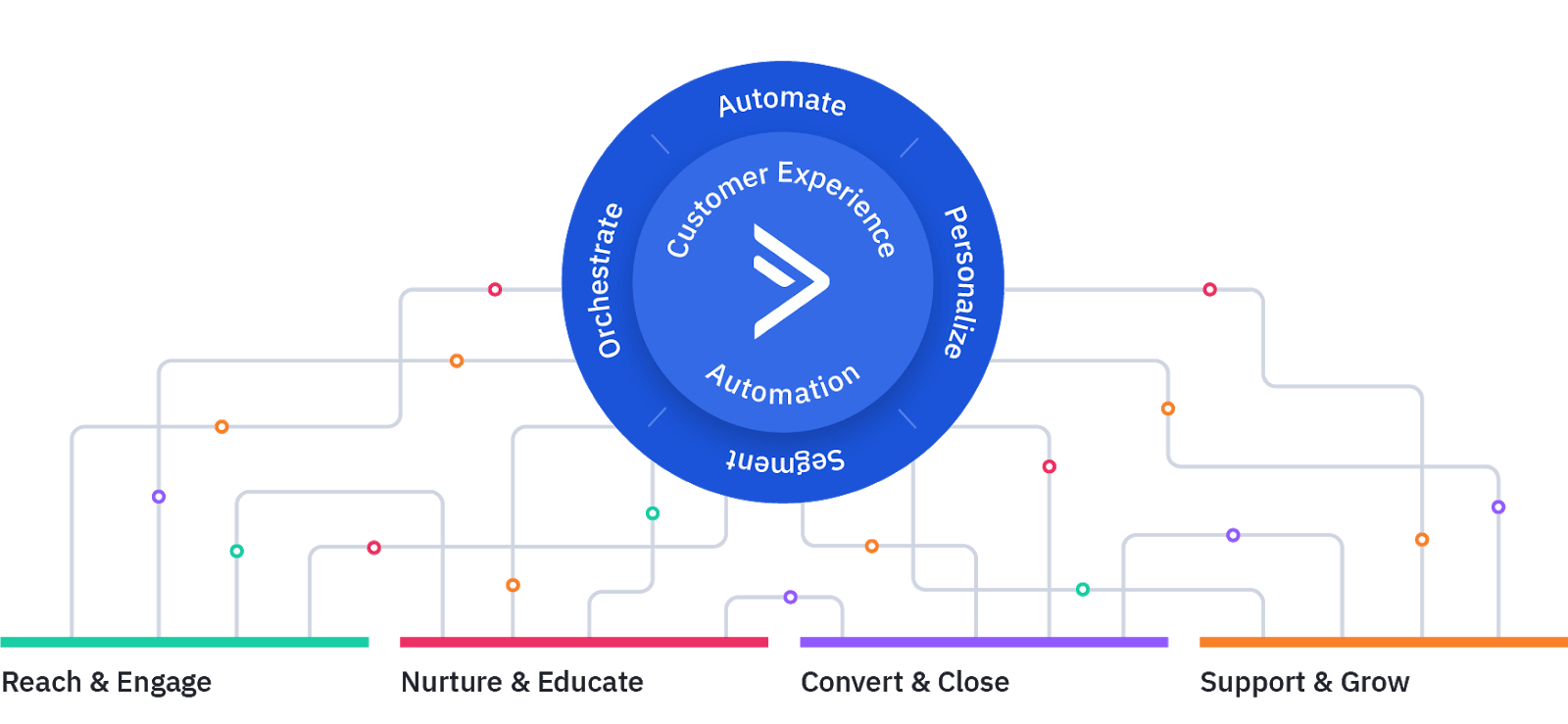
Reach & Engage
In the reach & engage stage of the customer journey, you introduce your business and engage with audiences you can help.
When you don’t understand needs, you risk spinning your wheels with:
- Social media posts that don’t resonate
- Barely-attended online events
- Lengthy podcasts with few downloads.
It feels like you keep spinning your wheel struggling to get traction.
Nurture & Educate
As you nurture and engage with your audience, you look to exchange information with them and build a deeper relationship.
When your business goals are misaligned with your customers’ needs, you will start to see things like:
- Lead magnets that lie dormant in Dropbox
- Email campaigns that don’t get opened
For example, webinars are a helpful way to engage your audience, but when the webinar uses examples from multiple software companies and is sent to a person running a local sushi restaurant, the effort falls flat. Avoid this common mistake and ensure success with our free webinar templates.
Convert & Close
In the third major stage in the customer lifecycle, your audience transitions from learning to buying. At the center of this transition is a strong relationship built on trust that their needs will be met.
When a business doesn’t understand the customer’s needs and continues sending them “how to” articles and thought leadership content, it is difficult to move them from education to purchasing.
Even delivering the right kind of content at the right time won’t help. For example, consultations are fantastic to convert and close new customers. But, when your potential customer’s time is already packed, you risk them being distracted as they cram it between important meetings.
Support & Grow
What separates the customer lifecycle from a traditional marketing funnel is the focus on the customer after they make a purchase. In this stage, the risk includes asking customers to become advocates before making sure they’ve been successful (as they define it) with your product.
You can spend a lot of time and money executing the right tactics, but when they’re misaligned, it can give you the feeling of constantly plugging holes in your business, running around trying to make incremental improvements instead of addressing the core issue: discovering exactly what type of need you are meeting for your ideal customer.
Types of customer needs
How should you think about what your customers need?
Customer needs aren’t all that different from Maslow’s Hierarchy of Needs: customers look to businesses to help them meet their needs at every stage of the hierarchy.
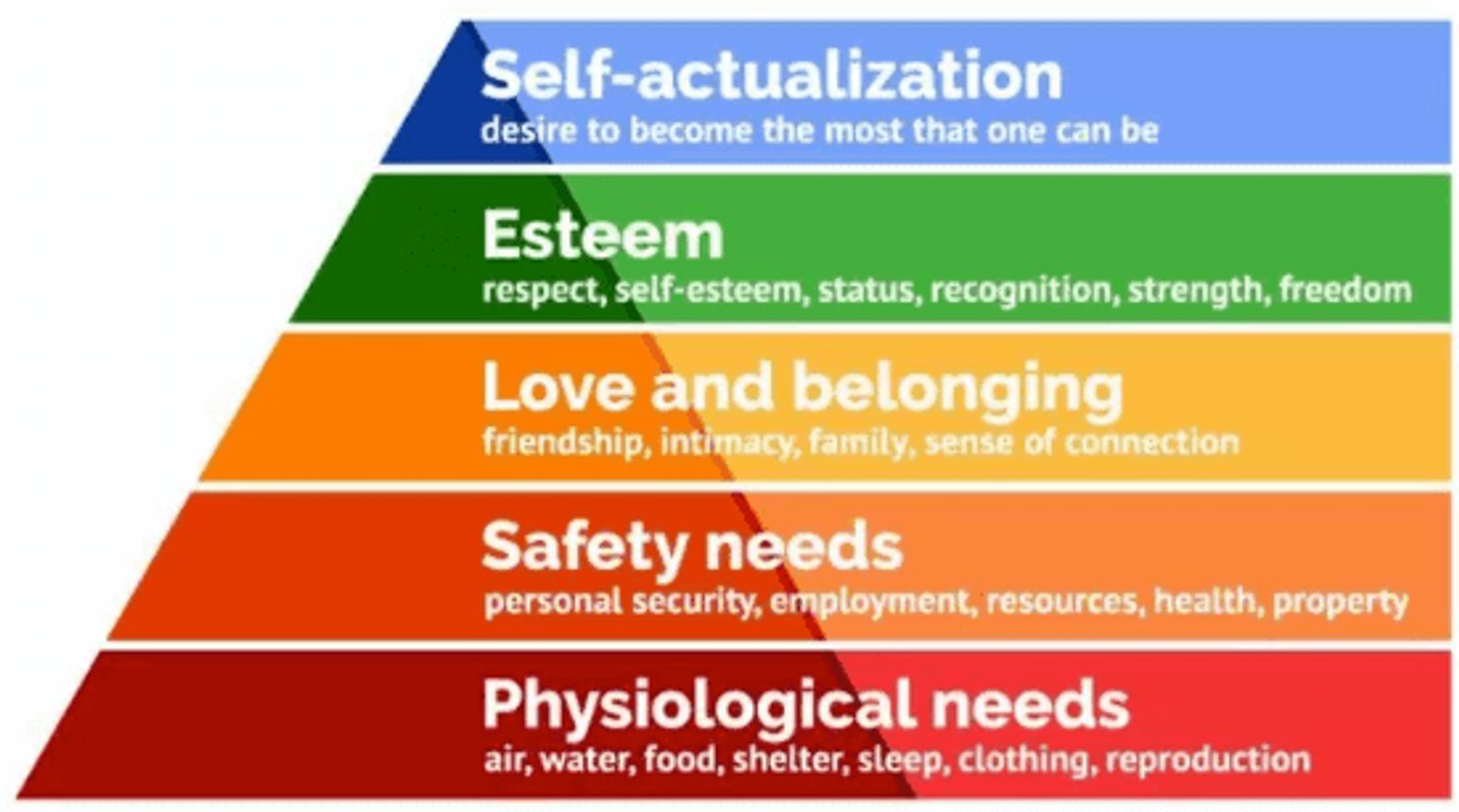
Maslow’s hierarchy is a model meant for academic research. Reclassifying these needs creates a more effective framework for businesses to understand how to put what they learn about their customers into action.
According to Clayton Christensen, creator of the jobs to be done (JTBD) framework, your customers don’t purchase your product. Instead, they hire your product to complete a certain “job.” Based on Christensen’s work, there are three main types of customer needs:
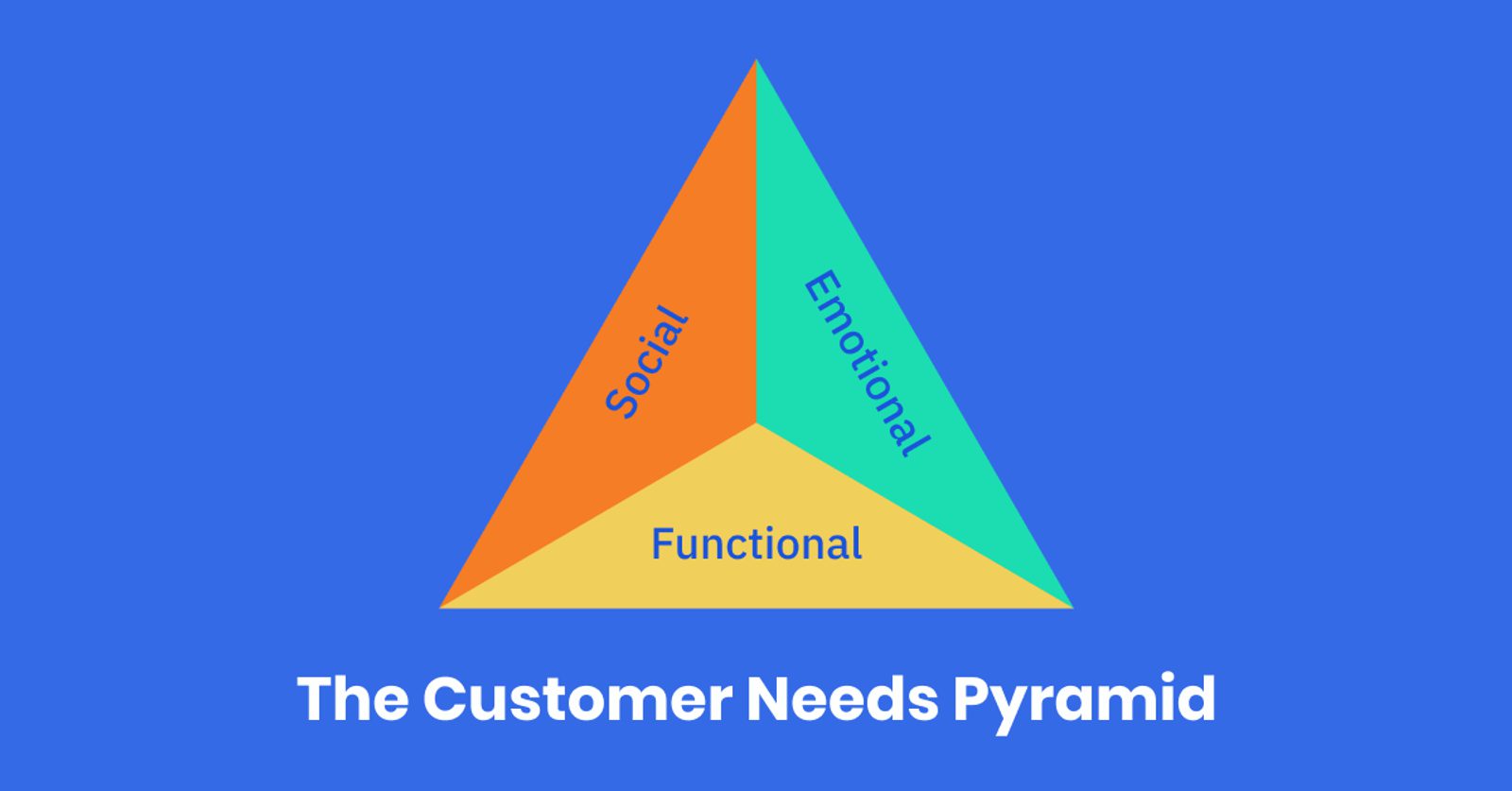
1. Functional Needs
A customer’s functional needs are often both obvious and concrete. Functional needs are clearest when the product or service that you sell lets people complete a “task” that they couldn’t do before.
For example, your audience may be looking for keyboards. More specifically, they may be looking for mechanical keyboards that connect to their laptop via Bluetooth. These keyboards serve a very specific function for that customer (and often don’t do anything else).s.
Examples of functional customer needs include:
- Price
- Shipping speed
- Features and specs
2. Social Needs
How does your product affect customers’ relationships?. At the crux of social needs is how a customer feels their friends, family, peers, and even society at large will perceive them for making a purchase.
Continuing with our example of keyboards, a potential customer may also consider keyboards with keys that light up when you type or pulse various colors when they are away from their desk for the added social benefits of others observing, and complimenting their purchase.
Examples of social customer needs include:
- Wealth
- Power
- Prestige
3. Emotional Needs
Emotional needs define how a customer wants to feel about themselves after a purchase.
To continue the analogy, how can a keyboard be emotional? What if your customer’s favorite Twitch streamer uses the same keyboard? If your customer is a would-be streamer, using the same keyboard could make them feel more professional.
Examples of emotional customer needs include:
- Nostalgic for the past
- Signifies a major milestone
- Investment in the future
How to identify customer needs
Remember: identifying customer needs isn’t always fast or easy. But you might be surprised to discover that you already have a lot of the info you need.
Customer interviews
Whether you’re just getting started, or a veteran business owner, you should conduct regular customer interviews.
How can you learn from customer interviews?
- By asking the right questions, it is possible to capture the most desired outcomes from a customer.
- By focusing your questions on outcomes, rather than only features, you can assess a customer’s social and emotional needs in addition to functional needs.
When in doubt, the simplest way to understand your customers is to ask them what they want.
Customer feedback
Where else can you find info? There’s no substitute for customer interviews, but you probably are already have a wealth of customer feedback without realizing it.
Here are some of the ways you can mine your existing data:
- Website live chat
- Emails opened
- Email links clicked
- Pages visited
- Sales CRM
- Surveys
Learn more in this post, which shows you how to do market research with no budget.
Community research
By looking into the larger communities and platforms that your audience is a part of, you can identify customer needs at an even larger scale.
Here are five methods for quickly assessing your audience’s needs:
- Aggregated review data: Online reviews of your products, as well as your competitors, offer quick insights into the needs your customers have that are, and aren’t, being addressed currently.
- Social listening: Some social media tools, such as Sprout Social, let you track brand mentions, related phrases, and sentiments that platform users are using to discuss your business.
- Search Console keywords: One under-utilized tool is Google’s Search Console, a free tool that shows the keywords people type to discover your website. By digging into branded searches, you can see what words people Google alongside your brand name.
- 3-star Amazon reviews: Look up similar products on Amazon and read the 3-star reviews. Why 3-star? 5-star reviews are always overly positive, and 1-star reviews are always overly negative. 3-star reviews typically share a more thoughtful insight into what the product does well, and where it falls short.
Now that you’ve identified your customer needs, you need a sustainable framework that allows you to consistently, and stay ahead of the competition.
A future-proof framework for meeting customer needs
As the world saw itself overtaken by a pandemic in early 2020, customer needs rapidly changed in almost every industry. Businesses that were quick to understand the changing landscape had a better chance of thriving compared to those who did not.
How can you use customer needs to help your business?
Here’s a three-part framework to future-proof your business—so that no matter what happens, you can quickly respond to the needs of your customers:
- Collect: In this initial phase, schedule customer interviews, set up automated systems for larger-scale customer feedback, and conduct community research.
- Identify: Once you’ve collected data, identify what types of needs your customers want met, and what needs you are meeting (or not meeting).
- Adjust: Change your messaging, pricing, marketing, and product based on what you learn.
- Repeat: Test changes over time. Re-run your research to see if customer needs change, and keep tweaking your business to find better ways to meet them.
Your customers aren’t going to regularly email or tweet you to share why they’ve chosen to buy (or not buy), so creating a system for understanding will pay dividends in the future.
Moving forward with a customer-first approach
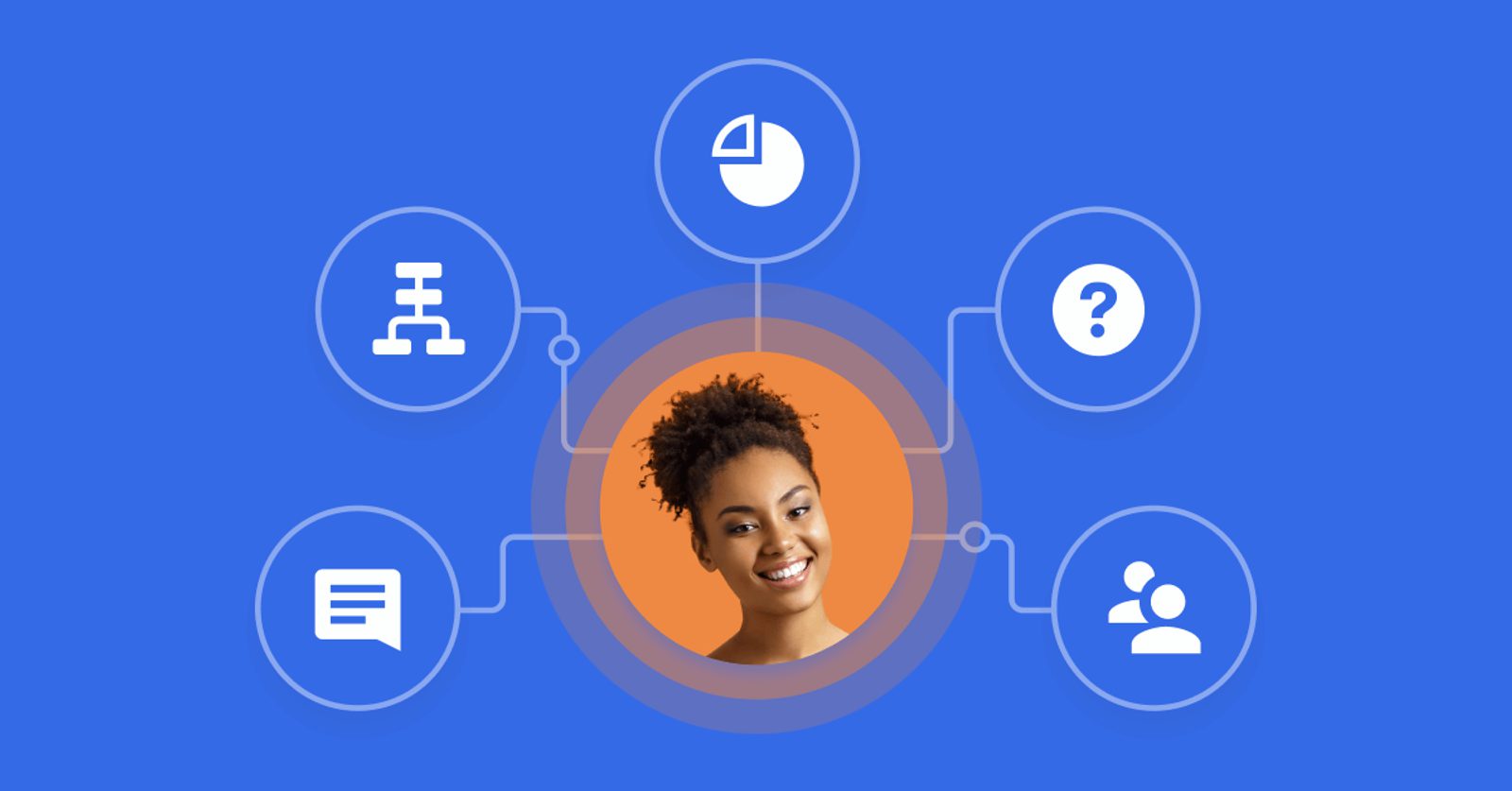
When you focus on what your customer needs, everything gets easier.
Your marketing works better. Sales improve. Fewer people want refunds or need customer service.
Understanding customer needs isn’t easy, but it can change how you think about pricing, marketing, sales, product creation — and every other aspect of your business.

